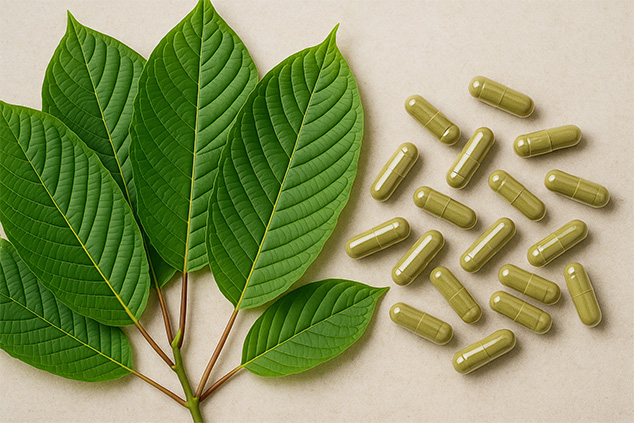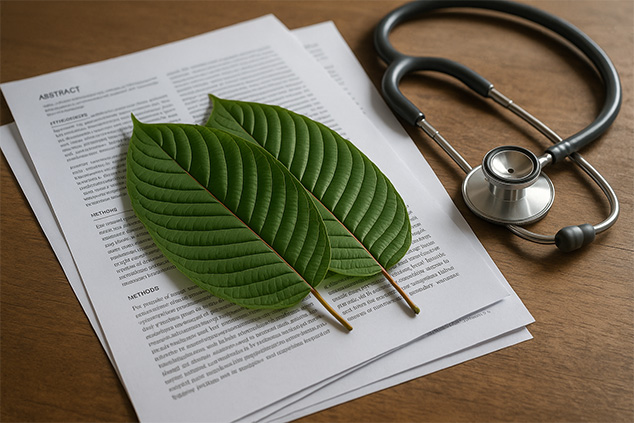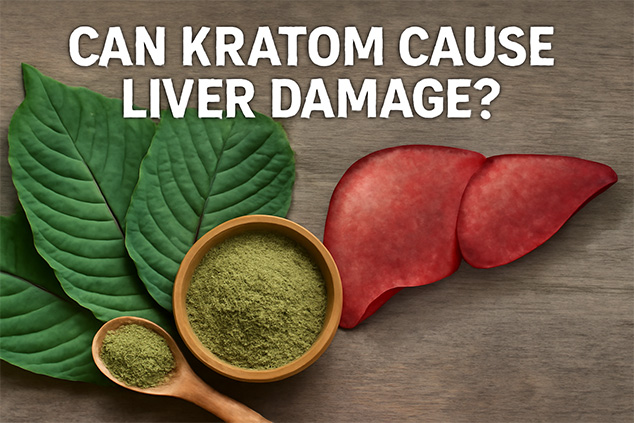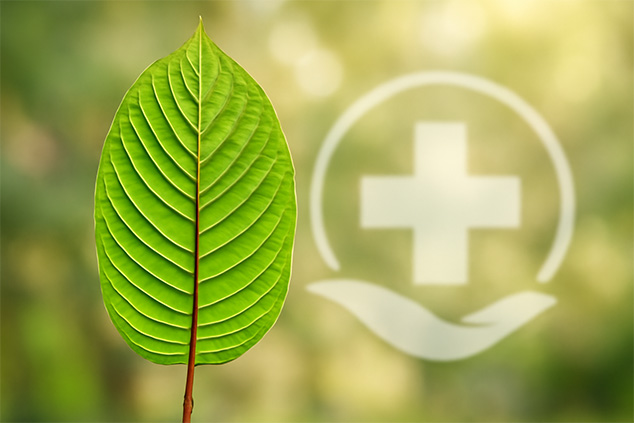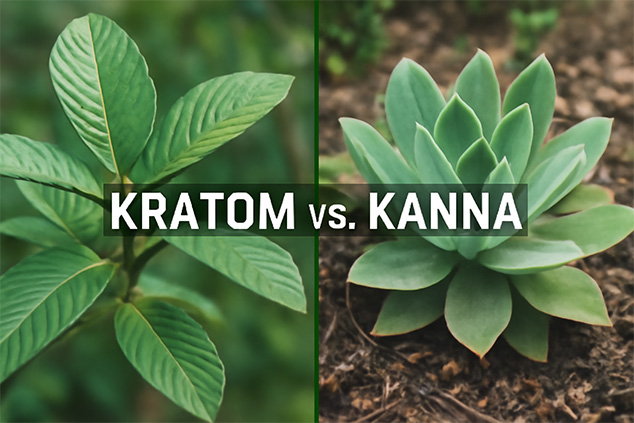For a very long time, humanity viewed our gut simply as a part of our bodies responsible for processing food and eliminating the waste that’s left … [Read more...] about Kratom for IBS: Can Kratom Help with Irritable Bowel Syndrome?
Kratom for Chronic Fatigue Syndrome: Does It Work?
We all know what it’s like to be tired if we have too much on our plates and don’t get an adequate amount of sleep. However, for some people, this … [Read more...] about Kratom for Chronic Fatigue Syndrome: Does It Work?
Can Kratom Cause Liver Damage?
Some of the most recent kratom news headlines claim that kratom causes liver damage. However, is that a reason for concern or merely a negatively … [Read more...] about Can Kratom Cause Liver Damage?
Kratom Stories: Kratom Helped Steven Quit Heroin
Opioid addiction is a growing concern. With nearly 70,000 opioid overdose deaths in 2018, the number keeps speedily growing. Heroin is one of these … [Read more...] about Kratom Stories: Kratom Helped Steven Quit Heroin
Kanna vs. Kratom: Which Is Best for Pain Relief and Relaxation?
Kanna and kratom may both seem like completely different and unrelated herbs. Yet, there are actually quite a few similarities between them. So, let’s … [Read more...] about Kanna vs. Kratom: Which Is Best for Pain Relief and Relaxation?
